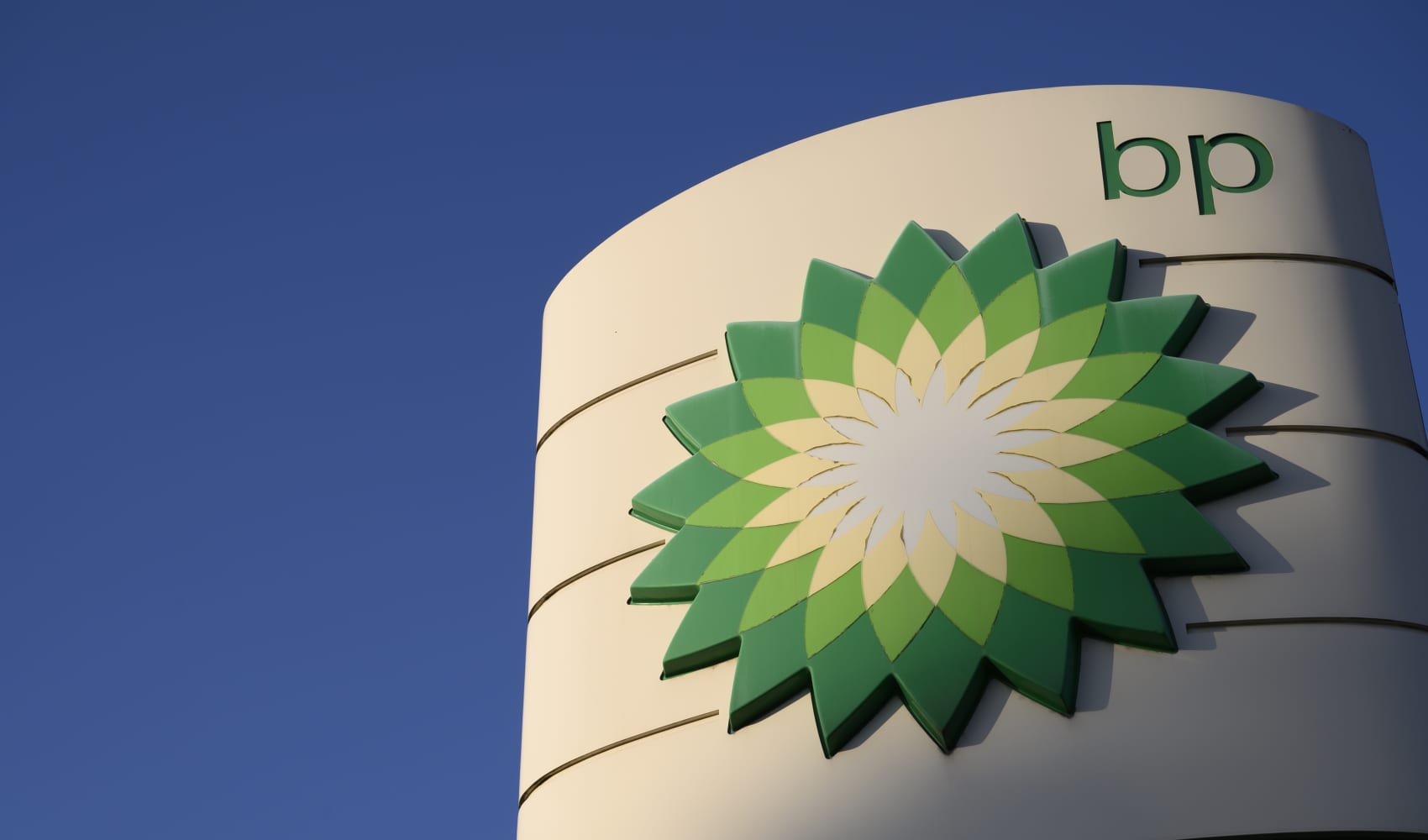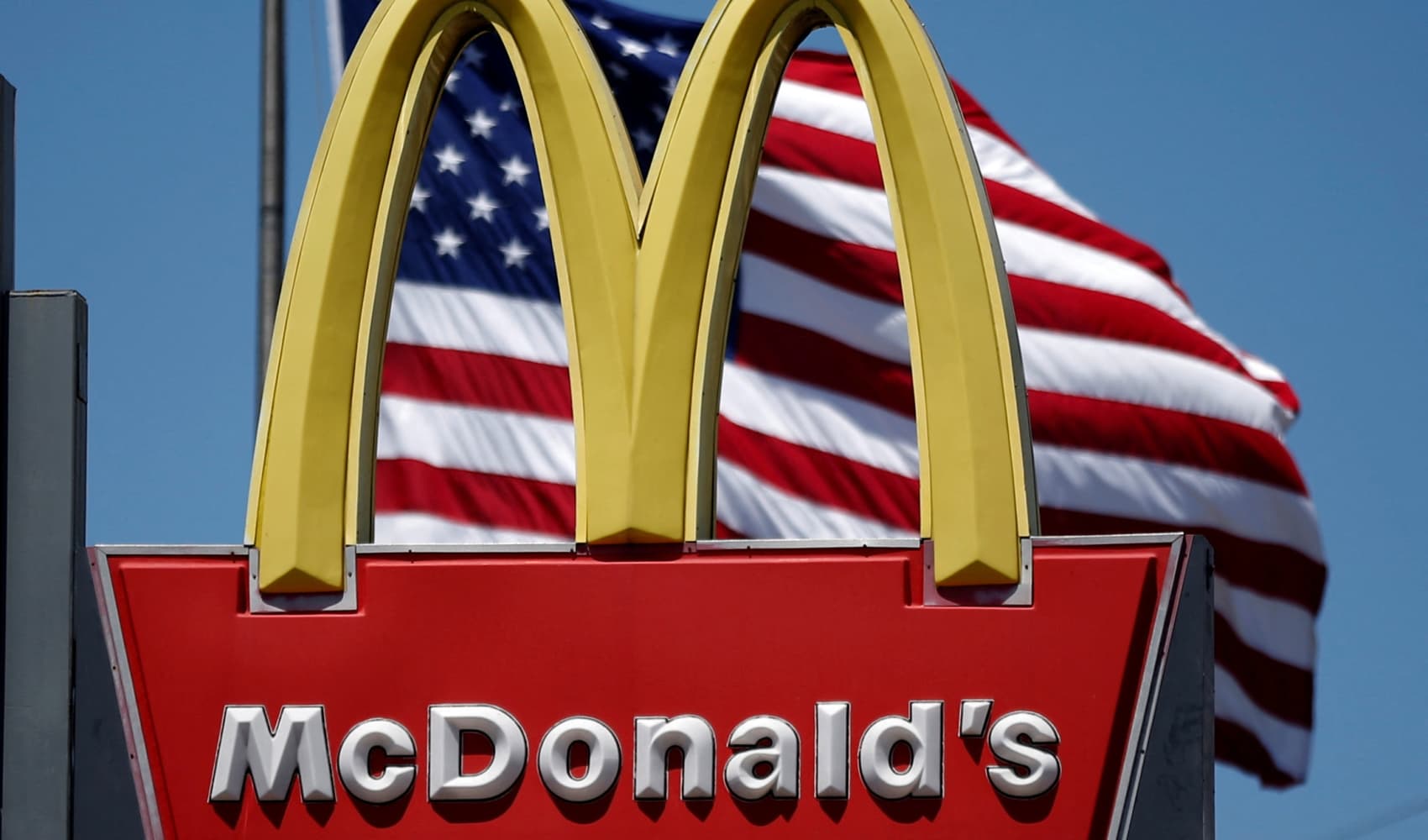BP's Profit Plunge: Is Their Strategy Reset Working?
BP's Rocky Start: Profit Plunges, Strategy Reset in Motion
Introduction: A New Chapter for BP?
So, BP's first-quarter results are in, and they're...well, let's just say they're not exactly setting the world on fire. The British oil giant has reported a significant drop in profits, sparking concerns and reigniting the scrutiny from activist investors. But amidst the turbulence, BP's CEO insists the company is "off to a great start" with its strategic reset. Can they pull it off? Is this just a temporary dip, or a sign of deeper challenges ahead?
First Quarter Figures: A Closer Look
Underlying Replacement Cost Profit: The Bottom Line
Let's break down the numbers. BP's underlying replacement cost profit, which is a fancy way of saying net profit, came in at $1.4 billion for the first three months of the year. That's a far cry from the $2.7 billion they raked in during the same period last year. Ouch!
Analyst Expectations: A Missed Mark
To add insult to injury, BP also missed analyst expectations. Experts predicted a profit of $1.6 billion, according to an LSEG-compiled consensus. Falling short of expectations can shake investor confidence, putting even more pressure on the company to deliver.
Year-on-Year Comparison: A Stark Contrast
Comparing the first quarter of this year to previous periods reveals the extent of the downturn. Remember that $2.7 billion from Q1 last year? And even the $1.2 billion earned in the final quarter of 2024 looks relatively rosy in comparison. What changed?
Strategic Reset: A Bold Move or a Risky Gamble?
Why the Reset?
The "strategic reset" is BP's answer to a changing energy landscape and growing pressure to transition to cleaner energy sources. It's a big ship to turn, and that takes time, right? But is it the right course correction?
What Does the Reset Entail?
Details of the precise reset strategy are important to understand. Is it simply cost cutting? Or is it a fundamental shift in their business model to invest in renewables? What are the concrete steps they're taking?
CEO's Optimism: Justified or Wishful Thinking?
BP's CEO remains optimistic, claiming the company is "off to a great start." Is this genuine confidence, or just the kind of statement you'd expect from a leader trying to reassure investors and employees? Actions speak louder than words, as they say. We'll need to see concrete results to back up those claims.
Activist Investor Pressure: A Force to Be Reckoned With
Renewed Scrutiny: A Tougher Spotlight
The disappointing financial results have amplified the pressure from activist investors. These groups are becoming increasingly vocal about their concerns regarding BP's strategy and performance.
Investor Demands: What Do They Want?
What are these investors actually demanding? Are they pushing for a faster transition to renewable energy? Are they questioning the efficiency of BP's operations? Understanding their specific demands is crucial.
BP's Response: How Are They Handling the Pressure?
How is BP responding to this renewed pressure? Are they engaging in constructive dialogue with the activist investors? Are they willing to make changes to their strategy based on investor feedback? The way they handle this situation will be critical.
Crude Oil Prices: A Major Factor
The Slump: Impact on Profits
The slump in crude oil prices is undoubtedly a significant factor contributing to BP's weaker-than-expected profits. Oil prices are notoriously volatile, and fluctuations can have a dramatic impact on the bottom line for oil companies.
Global Economic Factors: A Ripple Effect
Global economic factors, such as slowing growth in key markets, can also influence oil demand and prices. These external pressures are largely beyond BP's control, but they must be taken into account.
Future Outlook: Will Prices Recover?
Will crude oil prices rebound in the coming months? Predicting the future is always a risky business, but understanding the factors that influence oil prices is essential for assessing BP's prospects.
Renewable Energy Investments: A Growing Focus
BP's Commitment: How Serious Are They?
BP has made commitments to invest in renewable energy sources, such as solar, wind, and biofuels. But how serious are they about this transition? Is it a genuine commitment, or just a PR exercise?
Investment Strategy: Where Is the Money Going?
Where is BP actually investing its money? Are they focusing on specific renewable energy technologies? Are they partnering with other companies to develop new projects?
Long-Term Impact: A Sustainable Future?
Will these renewable energy investments ultimately pay off and contribute to a more sustainable future for BP? The transition to cleaner energy is a long-term game, and success will require patience, innovation, and significant investment.
Cost-Cutting Measures: Streamlining Operations
Efficiency Drive: Where Are the Cuts Being Made?
Are cost-cutting measures contributing to the profit decline? Which areas are being targeted, and how will these cuts affect the company's operations and workforce?
Impact on Employees: Potential Job Losses?
Cost-cutting measures often lead to job losses. How is BP managing this process, and what support are they providing to affected employees?
Long-Term Sustainability: Can Cost-Cutting Alone Solve the Problem?
While cost-cutting can improve short-term profitability, it's not a sustainable solution in the long run. BP needs a more comprehensive strategy to address the challenges it faces.
Conclusion: Navigating the Storm
BP's first-quarter results paint a mixed picture. A sharp profit decline, coupled with renewed pressure from activist investors, highlights the challenges the company faces. While the CEO remains optimistic about the strategic reset, the true test will be whether BP can deliver concrete results and successfully navigate the evolving energy landscape. The company's ability to adapt, innovate, and invest in sustainable energy solutions will ultimately determine its future.
Frequently Asked Questions
- Why did BP's profits drop so significantly in the first quarter?
The drop is attributed to a combination of factors, including lower crude oil prices, weaker refining margins, and potentially increased investment in the strategic reset initiative. The global economic climate also plays a role in fluctuating oil demand.
- What is BP's "strategic reset" all about?
The strategic reset involves a shift in BP's business model, with a greater emphasis on renewable energy investments and a reduction in reliance on traditional fossil fuels. It's a response to both environmental concerns and changing market dynamics.
- How are activist investors influencing BP's strategy?
Activist investors are putting pressure on BP to accelerate its transition to renewable energy and improve its overall financial performance. They can influence company decisions through public campaigns, proxy votes, and direct engagement with management.
- What impact will the lower oil prices have on BP's future investments?
Lower oil prices can reduce BP's profitability from its traditional operations, potentially impacting its ability to fund new investments in renewable energy. However, it could also incentivize BP to diversify its revenue streams and accelerate the transition.
- What are the long-term prospects for BP in the renewable energy sector?
BP's success in the renewable energy sector will depend on its ability to effectively invest in and develop profitable renewable energy projects. This requires technological innovation, strategic partnerships, and a long-term commitment to sustainability.


